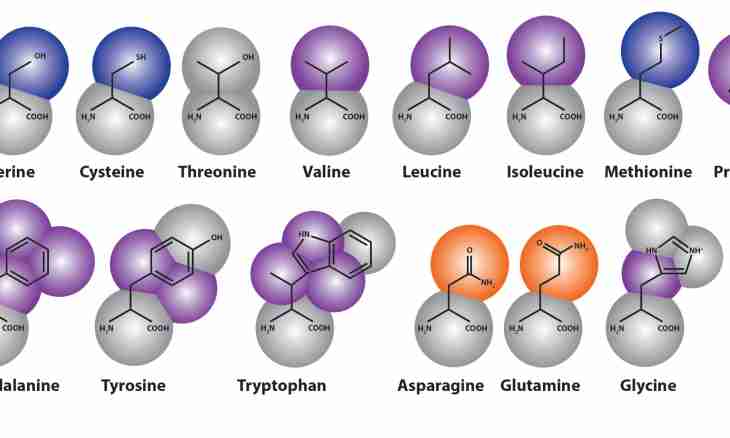What occurs if to connect acid to any salt? The answer to this question depends on what is acid and what salt. Chemical reaction (that is the transformation of substances which is followed by change of their structure) between acid and salt can take place only in two cases: if during reaction at least one its product leaves a reactionary zone, that is drops out in a deposit or disappears in the form of gas; if stronger acid forces out weaker acid from salt.
It is required to you
- - solution of sulfuric H2SO4 acid;
- - solution of chloride BaCl2 barium;
- - solution of hydrochloric HCl acid;
- - powder of a carbonate of Na2CO3 sodium or pieces of a carbonate of CaCO3 calcium;
- - reactionary capacity.
Instruction
1. Pour a little solution of chloride barium (BaCl2) in the reactionary capacity (flask or a laboratory glass), and begin to flow gradually there sulfuric acid (H2SO4);. You will at once see that liquid in capacity will instantly dim because of formation of almost insoluble salt – sulfate of barium (BaSO4). Reaction goes according to the following scheme: H2SO4 + BaCl2 = BaSO4 + 2HCl Pay attention: the formed barium sulfate quickly will accumulate on a bottom of reactionary capacity in the form of dense white powder.
2. Place a little carbonate of sodium or calcium (chalk, limestone) in a flask or a laboratory glass, and begin to flow hydrochloric acid gradually. You will see that powder at once literally "will boil", a huge number of small bubbles is formed. Continue to flow slowly acid until powder completely does not disappear, and formation of bubbles will not stop. What occurred in capacity?
3. Stronger hydrochloric acid forced out weaker coal acid from its salt. As a result of reaction, either chloride of sodium, or calcium chloride (depending on what carbonate you used), and coal acid which formula looks as follows was formed: H2CO3.
4. But the formed coal acid so unstable that it instantly decays on water and carbon dioxide, reaction looks as follows: H2CO3 = H2O + SO2Imenno vials of carbon dioxide, leaving a reaction zone, also made this "swirling".

